In the world of design and prototyping, the right tools can make all the difference. Model wire stands out among these tools due to its versatility and effectiveness. A basic understanding of how to utilize model wire can greatly enhance your projects, regardless of whether you are a beginner or a seasoned professional. Model wire is a powerful tool for constructing models, and this ultimate guide aims to give you all the information you need to get started.
What is Model Wire?
Model wire, also known as modelling wire, is a flexible, yet sturdy material used in various forms of modeling and prototyping. It comes in different gauges and materials, including aluminum, copper, and steel, each offering unique properties suitable for different applications. Model wire is prized for its ability to be easily shaped and manipulated, making it an essential tool for creating detailed and intricate designs.
Why Use Model Wire?
There are several reasons why model wire is a preferred choice for designers and prototypers:
- Flexibility: Modelling wire can be bent and shaped into almost any form, allowing for creative freedom and precision.
- Strength: Despite its flexibility, model wire maintains a certain level of strength, making it suitable for structural components in models.
- Versatility: It can be used across various industries, including architecture, art, and engineering.
- Availability: Model wire is widely available in craft stores and online, with various options to suit different project requirements.
Types of Model Wire
Understanding the different types of model wire is crucial for selecting the right one for your project. Here are the main types:
1. Aluminum Wire
- Properties: Lightweight, flexible, corrosion-resistant.
- Uses: Ideal for lightweight structures, armatures for sculptures, and basic prototypes.
2. Copper Wire
- Properties: Conductive, malleable, aesthetic appeal due to its reddish color.
- Uses: Often used in electronics, decorative art, and detailed modeling where conductivity is a factor.
3. Steel Wire
- Properties: Strong, durable, less flexible than aluminum and copper.
- Uses: Suitable for heavy-duty models, structural supports, and applications requiring high strength.
Getting Started with Model Wire
To start using modelling wire effectively, follow these steps:
1. Gather Your Tools and Materials
Before you begin, make sure you have the necessary tools and materials:
- Model Wire: Select the type and gauge based on your project requirements.
- Wire Cutters: Essential for cutting the wire to the desired length.
- Pliers: Used for bending, twisting, and shaping the wire.
- Safety Gear: Gloves and safety glasses to protect your hands and eyes.
- Work Surface: A clean, flat surface to work on.
2. Plan Your Design
Having a clear design plan is crucial. Sketch your model on paper or use design software to visualize the final product. This step helps in determining the length and gauge of wire needed.
3. Cutting the Wire
Using wire cutters, cut the wire to the required lengths as per your design. Ensure the cuts are clean to avoid any sharp edges that could cause injury or affect the quality of your model.
4. Shaping the Wire
Use pliers to bend and shape the wire according to your design. For complex curves and angles, you might need specialized pliers like round-nose or flat-nose pliers. Practice makes perfect, so don’t hesitate to experiment with scrap pieces before working on your main project.
5. Assembling the Model
Assemble the different wire components according to your design. Depending on the complexity, you might need to solder or glue parts together. Ensure all joints are secure to maintain the structural integrity of your model.
6. Finishing Touches
Once the basic structure is complete, add any finishing touches such as additional details, painting, or coating. This step enhances the aesthetic appeal and durability of your model.
Tips for Working with Model Wire
- Start Simple: If you’re new to working with wire, start with simple projects to build your skills and confidence.
- Use Templates: Templates can help maintain consistency and accuracy in your shapes.
- Practice Patience: Shaping wire requires patience and precision. Take your time to achieve the desired results.
- Keep it Clean: Regularly clean your tools and work area to avoid any contamination or damage to your model.
- Experiment with Different Gauges: Different gauges offer different levels of flexibility and strength. Experiment to find what works best for your projects.
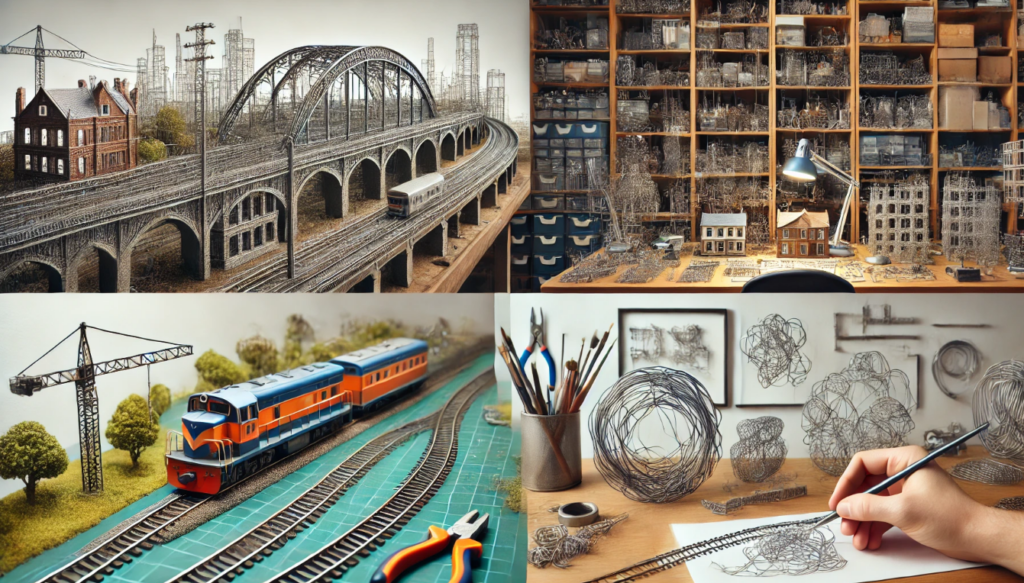
Advanced Techniques of Model Wire
Once you’re comfortable with the basics, you can explore advanced techniques to enhance your wire modeling skills.
1. Soldering
Soldering can be used to join wire pieces together permanently. This technique is especially useful for creating strong, durable joints in complex models. Ensure you use the appropriate safety gear and equipment when soldering.
2. Wire Wrapping
Wire wrapping involves winding thin wire around thicker wire to create intricate designs and add structural strength. This technique is commonly used in jewelry making and decorative art.
3. Weaving
Wire weaving is a technique where wires are woven together to create patterns and textures. This can add a unique aesthetic to your models and is particularly useful in creating detailed sculptures and decorative pieces.
4. Creating Armatures
Armatures are internal frameworks used to support sculptures or models. Creating an armature with model wire can provide a strong foundation for clay or other modeling materials, allowing for more complex and stable designs.
Applications of Model Wire
Model wire is used in a wide range of applications, showcasing its versatility and effectiveness.
1. Architectural Models
Architects use model wire to create detailed scale models of buildings and structures. The flexibility and strength of the wire allow for precise and realistic representations of architectural designs.
2. Sculptures
Artists often use model wire to create armatures for sculptures. The wire provides a sturdy framework that can be covered with clay, plaster, or other materials to create detailed and lifelike sculptures.
3. Prototyping
Engineers and designers use model wire for rapid prototyping. It allows for quick and efficient creation of prototype models, helping in the visualization and testing of design concepts.
4. Jewelry Making
In jewelry making, model wire is used to create intricate designs and patterns. The ability to shape and manipulate the wire makes it ideal for crafting unique and custom pieces of jewelry.
5. Educational Models
Model wire is also used in educational settings to create models for teaching and demonstration purposes. Its ease of use and adaptability make it a valuable tool for educators and students alike.
Troubleshooting Issues of Model Wire
While working with model wire, you might encounter some common issues. Here are solutions to help you troubleshoot:
1. Wire Breakage
- Cause: Using wire that is too thin for the required strength.
- Solution: Use a thicker gauge wire or reinforce the structure with additional wire.
2. Sharp Edges
- Cause: Improper cutting or handling of the wire.
- Solution: Use high-quality wire cutters for clean cuts and file down any sharp edges.
3. Difficulty in Shaping
- Cause: Using a wire that is too stiff.
- Solution: Use a more flexible wire type or apply gentle heat to make the wire more pliable.
4. Loose Joints
- Cause: Inadequate securing of wire connections.
- Solution: Ensure all joints are tightly wrapped, soldered, or glued for added stability.
Model wire, or modelling wire, is an invaluable tool for anyone involved in design, prototyping, or artistic creation. Because of its flexibility, strength, and versatility, it can be used in a wide range of applications. This ultimate guide will show you how to get started with model wire confidently, creating detailed and precise models. You will undoubtedly improve your creative and professional projects if you can master the use of model wire, whether you are creating an architectural model, a sculpture, or a piece of jewelry.
We offer also a massive range of stainless steel wire and nichrome wire through our store. Choose the wire that you want to work with and we’ll get spooling.
If you’re interested in learning more about wire, check out our other blog on Everything You Need to Know About Wires.
We are also proud to supply this product on our highly popular eBay store, check us out there too.
Thank you for checking out our site.
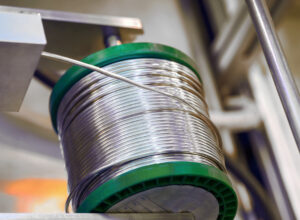
Nichrome Wire Safety: Top Tips for Working Safely
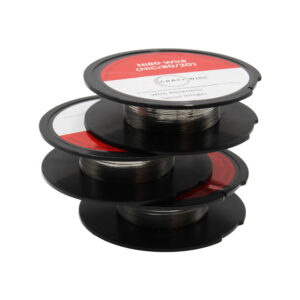
Best Wire for Electronics Projects
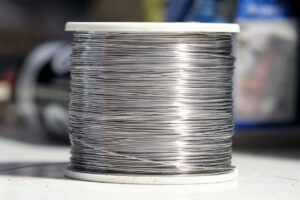
Is Ni80 Wire Suitable for DIY Heating Elements
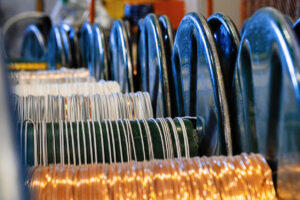
Wire Grades Explained
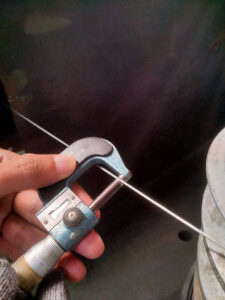
How Wire Diameter Affects Strength and Flexibility

How to Cut and Shape Wire for Custom Applications

Can Wire Be Used in 3D Printing?

How Wire Composition Affects Conductivity







